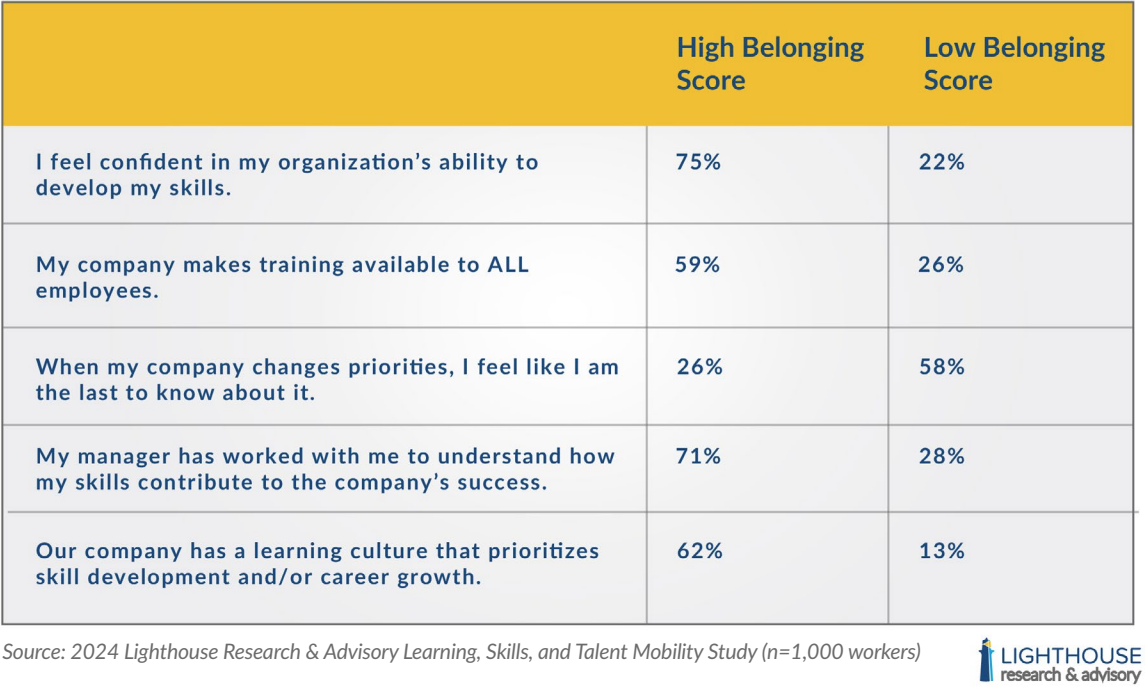As organizations navigate the new landscape of returning to the office, both employers and employees face a myriad of challenges. Employers must balance the logistics of maintaining safe, productive work environments with the need to foster morale and collaboration. At the same time, employees may grapple with anxieties around commuting, adjusting to altered work rhythms, and readapting to office dynamics. Addressing these challenges requires a holistic and empathetic approach to redefine “RTO”—not simply as a return to office, but as Recognition, Transparency, and Opportunities.
Do we care about how our employees feel?
From the employees’ perspective, returning to a physical office environment can be daunting as they adjust to potential disruptions to their established at-home routines. Concerns about health and safety are paramount, especially for those who have adapted to the comfort of a remote work setup. Additionally, employees may face challenges in re-establishing in-person collaborations and navigating hybrid work schedules, which could disrupt workflow and team dynamics. The added commuting time may further strain the work-life balance, and there is often anxiety about reigniting social interactions and fitting back into the office culture after an extended period of remote work.
So, what do we think at Lighthouse?
Our Chief Research Officer Ben Eubanks says: We’ve taken a lot for granted as HR leaders. I’ve been guilty of it myself. We assume in-person means productivity. We assume it means collaboration. We assume it means that people feel a sense of belonging. But none of those are actual outcomes of an in-person arrangement. Any HR leaders (or HR technology providers) that help to make these things (productivity, collaboration, belonging) a priority will create the kinds of outcomes that RTO is hoping to achieve. For instance, employees with a high sense of belonging are 5 times more likely to recommend their company as a great place to work (source). Greatness doesn’t happen by accident. Regardless of how you feel about RTO on a personal or professional level, we can all agree that a workplace that creates a productive, high-belonging workforce is going to win out over one with a disengaged and disinterested workforce.
My thoughts align with what Ben believes: creating a sense of belonging cultivates a culture where leaders prioritize their employees’ well-being, recognizing them as valuable individuals rather than mere contributors to the bottom line. This focus on genuine human connection enhances overall employee satisfaction, engagement, and innovation, proving that belonging truly impacts every facet of organizational success. When employees have a high sense of belonging, it affects everything, as seen in the graphic above, and you can learn more about the Learning, Skills, and Talent Mobility Research Report here.
As we navigate the transition back to the office, it’s essential to acknowledge that RTO will significantly transform our approach to key HR functions, particularly in technology, learning, and overall employee engagement. The future of work demands that we become more intentional in leveraging technology to enhance productivity, foster meaningful collaboration, and cultivate a deep sense of belonging.
Returning to the office isn’t just about physical presence—it’s about creating an environment where technology supports seamless collaboration, continual learning is integrated into our daily routines, and every employee feels valued and connected. By prioritizing these areas, we adapt to the changing landscape and position our organizations to thrive. Let’s focus on building workplaces where every member feels empowered and inspired to contribute to their fullest potential.
“Great outcomes come from deliberate effort, and as HR leaders, we have the unique opportunity to shape a future where our workforce is engaged, productive, and deeply connected.”
What if we took a different approach to RTO, aka Return To Office, and created a vision around the why? Employers often tell employees what they have to do, need to do, and get to do, but have we ever considered the WHY and purpose behind the what? As a former leader and co-owner of 20+ wireless tech retail stores, I thought about how I would address this, and as many may know, acronyms are a hobby of mine. I would return to the office with a different mindset of sharing our why as a company that aligns with our overall vision and values.
The Why, Behind Return To Office:
Recognition is key to empowering employees. Prioritizing the acknowledgment of individual and team achievements fosters a culture where everyone’s contributions are valued and celebrated. By recognizing excellence, we motivate and inspire continuous organizational growth and commitment.
Transparency ensures trust and collaboration. Upholding openness and honesty in all our communications and processes builds trust among employees, employers, and HR professionals, enabling informed decision-making and fostering a more inclusive workplace environment.
Opportunities are essential for growth. We must be dedicated to creating and nurturing pathways for professional advancement and development. By providing diverse opportunities, we empower team members to expand their skills, explore new challenges, and reach their full potential, driving personal and organizational success.
Employers should align their implementation with the company’s vision and values to create an inspiring return-to-work strategy. This alignment ensures employees feel connected to the organization’s overarching goals, fostering a sense of purpose and community. Engaging in open dialogues with employees, offering flexible work arrangements, and continuously seeking feedback are strategies that highlight commitment to their well-being and professional development. Doing so inspires a culture where employees feel valued and motivated, paving the way for a resilient, innovative, and thriving workplace. Remember, as leaders, we must embody first what we expect our employees to live out. If change seems fearful or uncertain to leadership, we can not expect our employees to feel excited about it. If leaders create a sense of belonging and show that they care for the well-being of their employees, and although we may face challenges as we return to work, we will go through these challenges TOGETHER!
WE WIN TOGETHER. NEVER LOSE ALONE!

George Rogers is the Chief Strategy Officer at Lighthouse Research & Advisory. He is an author, coach, and globally renowned keynote speaker acclaimed for delivering compelling insights on cultivating purpose-driven, profitable businesses. As a leader developing inclusive and motivating workplace environments, he consistently provides transformative perspectives and guidance to organizations worldwide. Over the past two decades, he has dedicated himself to inspiring leaders and transforming workplace cultures.
In his book Champion Your Purpose, we learn that finding purpose in life looks different for everyone, and very few will find the exact common purpose that aligns the exact same. He provides a step-by-step approach to help readers identify their purpose and align it with their personal and professional goals.
His research focuses on leadership and its impact on performance, engagement, culture, mental health, inclusion, and belonging. If you ask him what led him to the HR space, he will remind you that his passion and purpose are championing people.
With over 25 years of leadership and keynote speaking experience, he has inspired, empowered, and challenged every audience —virtually and in person —to discover their purpose in the workforce, learn how to Champion Your Purpose individually, and lead the life they love.

